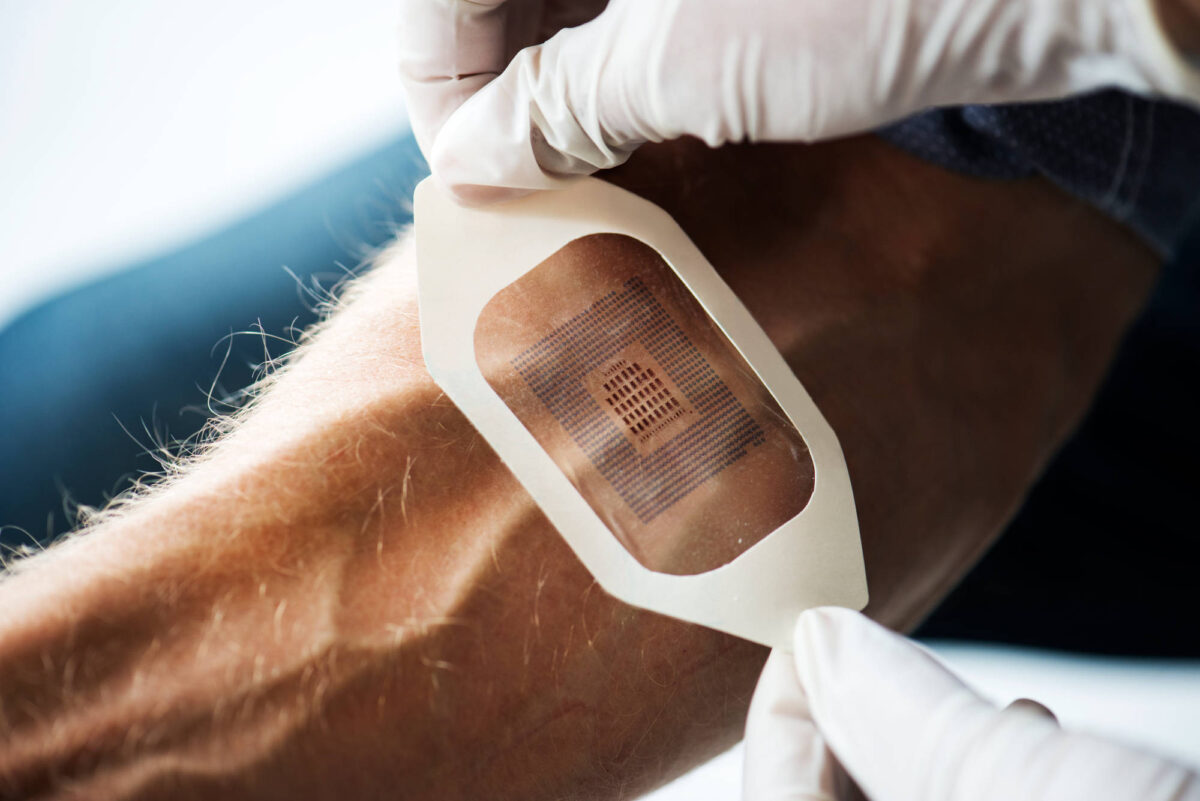Considerations for Remote Patient Monitoring

In the past decade, technological advances have spurred the adoption of Remote Patient Monitoring (RPM) in healthcare. In essence, RPM uses digital technologies to collect health data from individuals in one location, such as patient’s home, and electronically transmit the information to healthcare providers in a different location for assessment. Recently, RPM has transitioned from indirectly capturing patient data through telephone or videos, to utilizing non-invasive devices like biosensors targeting patients with chronic disorders. As the need for remote care skyrockets due to the COVID-19 pandemic and an aging population with chronic diseases, the RPM market is predicted to double in size over the next 5 years.1 Healthcare systems like UCLA and University of Pittsburgh Health Centers have reported positive results from their RPM programs, including lower readmission rates, improved compliance, and increased patient awareness.2 In recent months, providers such as Mount Sinai in New York and Mayo Clinic in Rochester have also started RPM programs to monitor both COVID-19 and non-COVID-19 patients.3
While remote patient monitoring devices are regulated by the FDA, there are other key considerations in RPM implementation aside from efficacy and safety:
1) Accessibility and patient engagement – Technology should be easy for both patients and physicians to adopt and continue using. It is essential to provide both patients and clinicians with intuitive equipment and user interfaces, as well as resources for troubleshooting when needed. One clinical trial that studied remote monitoring of patients with congestive heart failure noted that physicians could not collect data for 12 out of 66 patients because these patients could not properly operate the monitoring device.4 Providers should also ensure access and support for underserved patients who may not have access to these technologies due to socioeconomic factors.
2) Data security and ownership – RPM often involves third-party platform providers leveraging cloud and internet technologies, which are potentially vulnerable to cyber-attacks. Patients also do not “own” their data. In most cases, RPM manufacturers or the companies providing data storage own the patients’ de-identified data, which are often sold to third-party agencies, therefore raising concerns over patient consent and privacy.
3) Costs to providers – While Center of Medicare and Medicaid Services (CMS) has relaxed their policies since the start of the pandemic and now allows reimbursement for RPM use by both acute and chronic disease patients, the reimbursement landscape remains challenging to navigate given that activities such as device set-up, patient education, interpretation of data are reimbursed separately.1 Besides reimbursements, providers often seek funding through grants, including federal grants. The Federal Communications Commission (FCC) recently awarded New Jersey-based provider United Methodist Communities a $900k grant to fund an RPM platform and telehealth software licenses.5 In addition to upfront costs, there are also opportunity costs associated with RPM implementation, such as training and onboarding required for physicians and caregivers which may take up time dedicated to performing other tasks.
Prior to the pandemic, RPM was generally limited to practices focusing on chronic illness. As healthcare systems scramble to adopt RPM broadly, it is even more important for providers to consider the different factors that go into implementing RPM programs, which can directly impact the return on investment of these programs.
References
- Jercich K. “RPM market will double in next five years, predict stakeholders”. HealthcareITNews. Aug 5, 2020. https://www.healthcareitnews.com/news/rpm-market-will-double-next-five-years-predict-stakeholders
- Hennick C. “ How Remote Patients Programs are beneficial.” HeathTech Magazine. April 11, 2020. https://healthtechmagazine.net/article/2020/04/how-remote-patient-monitoring-programs-are-beneficial
- Sanders SF., Stern AD., Gordon WJ. “How to make Remote Patient Monitoring part of everyday healthcare.” Harvard Business Review. July 2,2020. https://hbr.org/2020/07/how-to-make-remote-monitoring-tech-part-of-everyday-health-care
- Piwek L, Ellis DA, Andrews S, Joinson A. The Rise of Consumer Health Wearables: Promises and Barriers. PLoS Med. 2016;13(2):e1001953. doi:10.1371/journal.pmed.1001953
- Brown D. “Game-changer $900k grant funds remote patient-monitoring, telehealth tools to fight coronavirus.” McKnight’s Long-Term Care News. June 1, 2020. https://www.mcknights.com/news/game-changer-900k-grant-funds-remote-patient-monitoring-telehealth-tools-to-fight-coronavirus/
